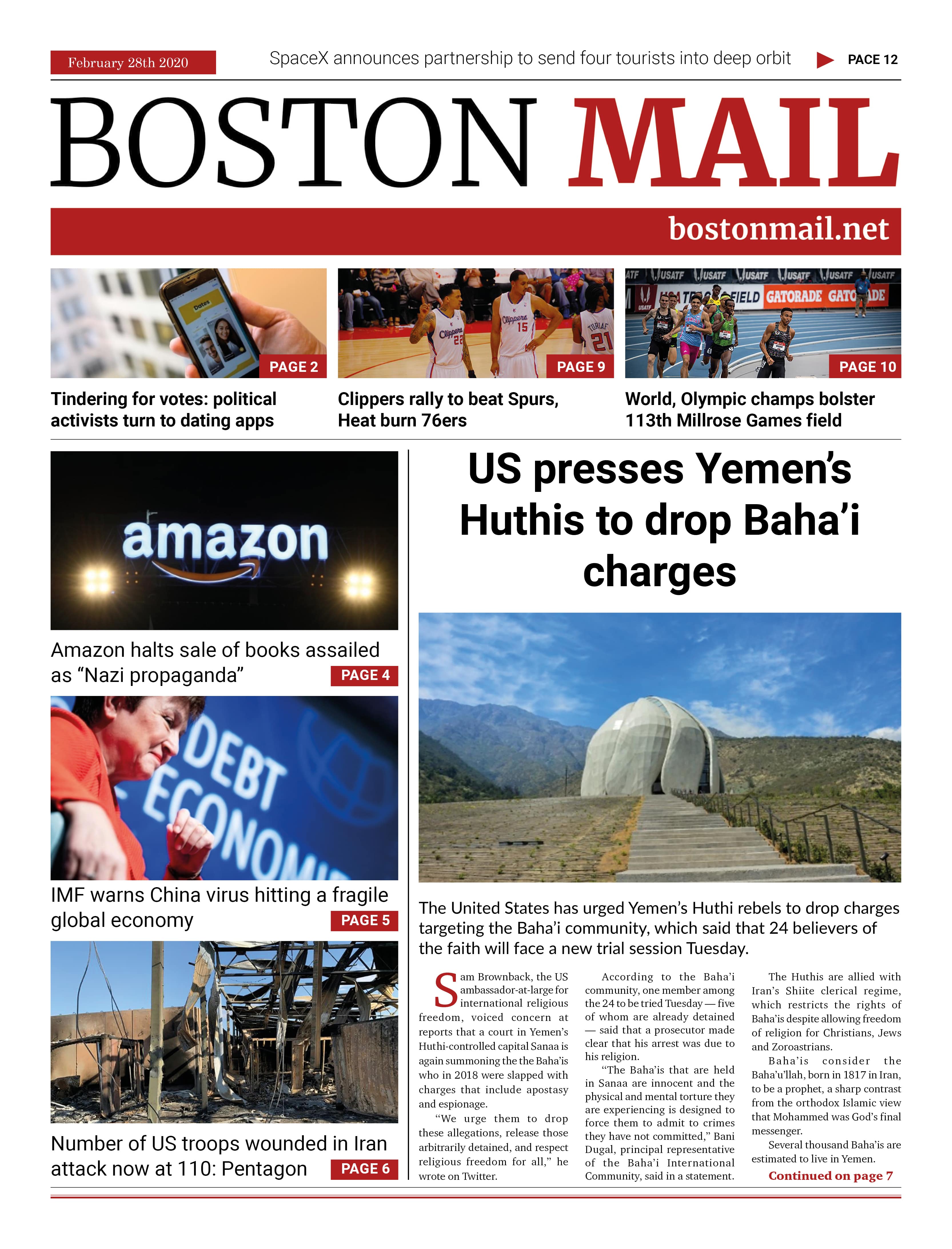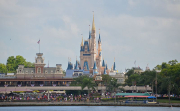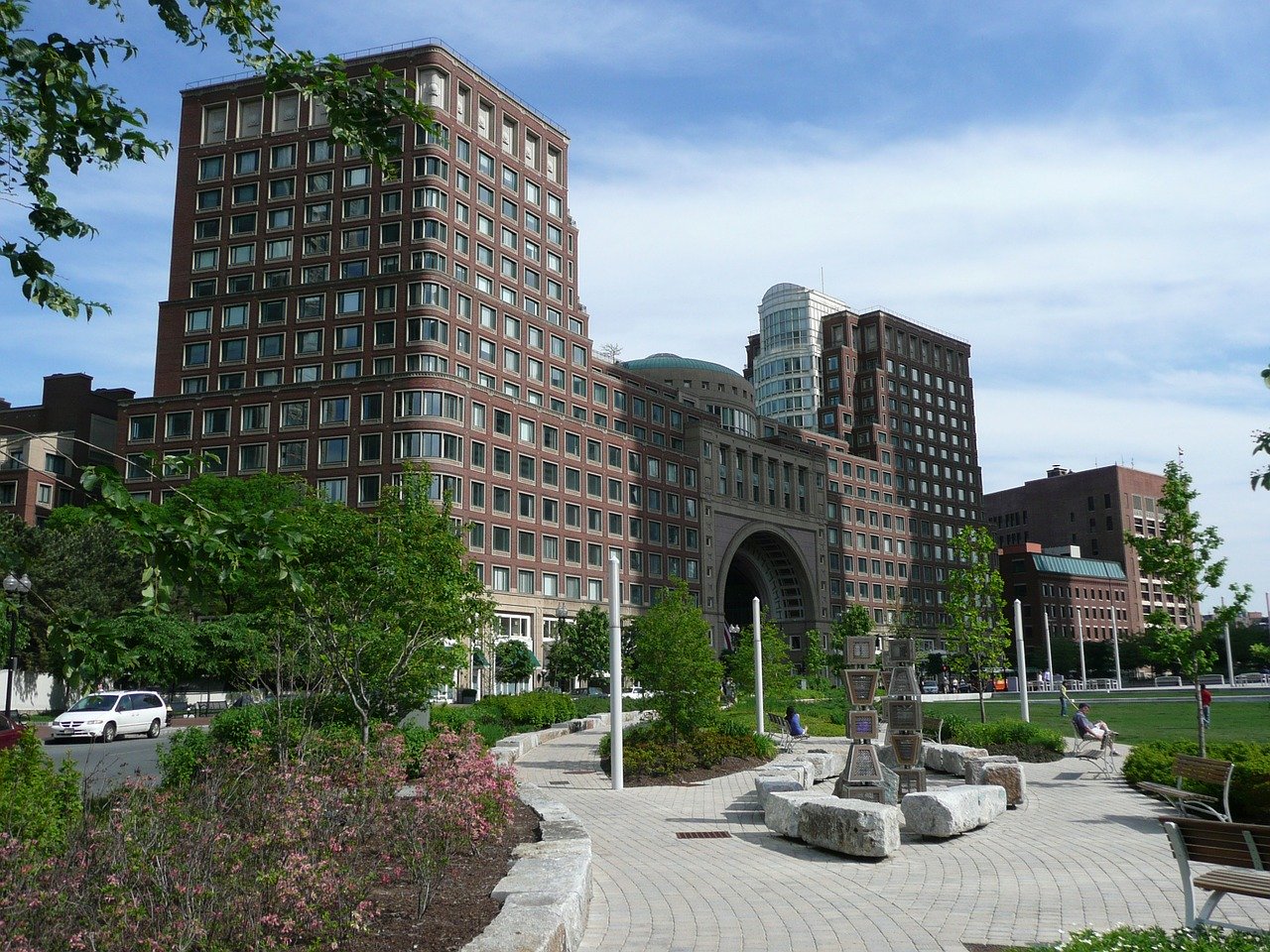
Share Inflation rates in the US persisted on an upward trajectory last month, even in the face of a substantial rise in interest rates aimed at curbing inflation.
The annual inflation rate stood at 3.2% through July, driven by increased housing, car insurance, and food expenses, as reported by the Labor Department.
This marks an uptick from June's 3%, which was the lowest rate observed in over two years.
Financial experts anticipated this elevation in the headline rate, considering the relatively subdued price inflation seen last July.
Nevertheless, the US Labor Department's report conveyed additional indications that the surge in prices was gradually subsiding.
"Underlying inflation is moving in the right direction," noted Hussain Mehdi, macro and investment strategist at HSBC Asset Management. Harvard economist Jason Furman dubbed the latest statistics "unambiguously good news."
In a bid to temper the economy and alleviate the forces driving up prices, the US central bank raised its benchmark interest rate to over 5.25%, the highest in 22 years.
Last year, US inflation peaked at 9.1%, significantly surpassing the US Federal Reserve's 2% target.
However, this surge has considerably tapered off as the impacts of the Ukrainian conflict on food and energy prices have waned.
Ryan Sweet, chief US economist at Oxford Economics, cautioned against interpreting the decline as a conclusive victory for the rate-setting central bank.
He mentioned, "Nevertheless, we anticipate the Fed to abstain from raising rates in September and November, as inflation is expected to decelerate further."
In comparison to June, core prices experienced a relatively modest 0.2% increase, consistent with the pace seen between May and June.
Certain items, such as used cars and airline fares, saw a reduction in prices last month.
While analysts foresee housing costs, which exert significant weight in US inflation computations, softening in the upcoming months, some are hesitant due to recent spikes in fuel prices. Independent reports signaling a slowdown in rental rate growth suggest potential relief in the housing sector.
However, the recent escalation in fuel costs might delay the expected easing of inflation's grip on the economy. Although current prices remain lower than a year ago, the average national price for regular gasoline in the US surged beyond $3.80 per gallon earlier in August, up from approximately $3.50 the previous month, according to the AAA motor club association.
"The recent trend is promising and affirms the direction in which inflation is moving according to the [Fed's] aspirations," remarked Wells Fargo economist Sarah House. "However, we exercise caution in becoming excessively optimistic."











































